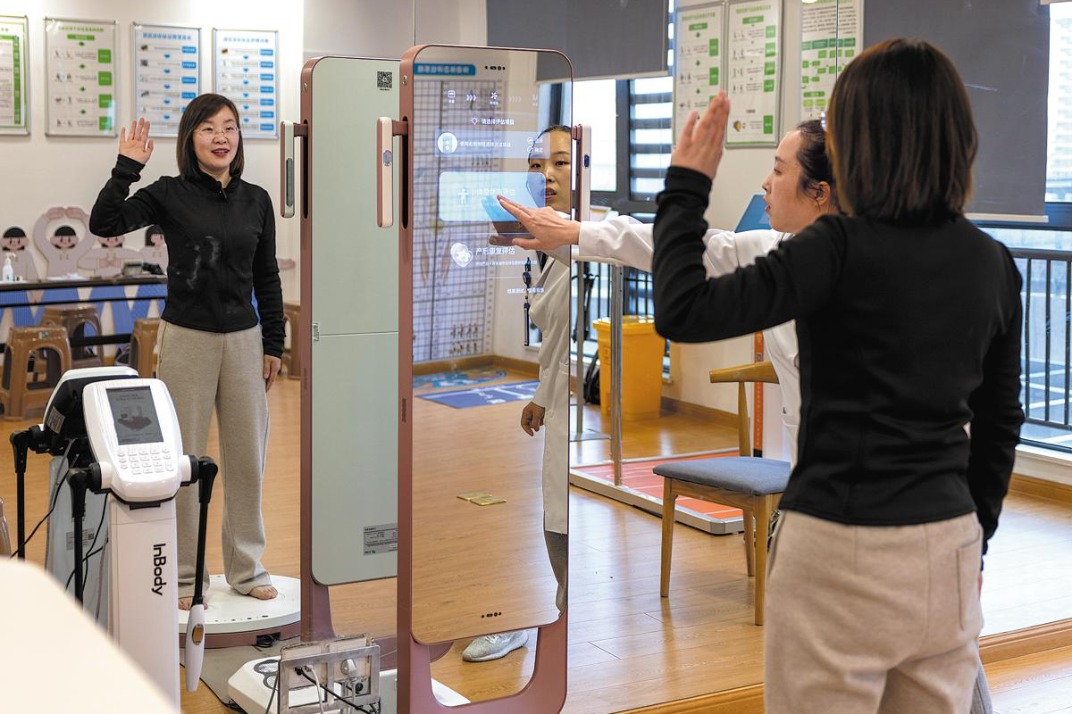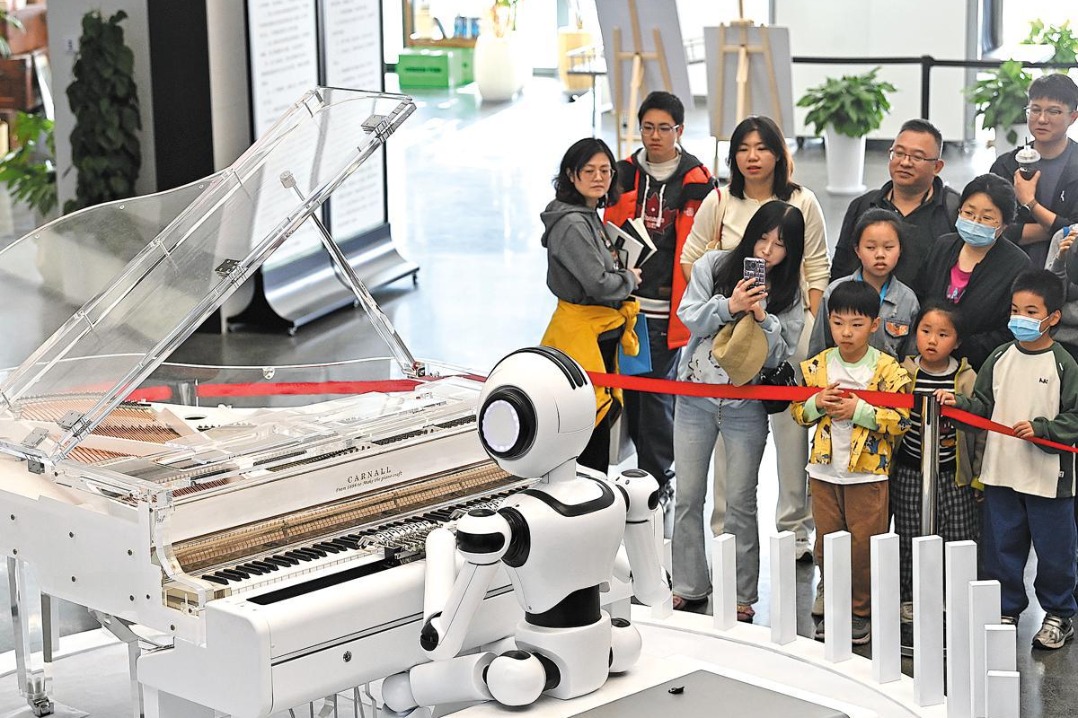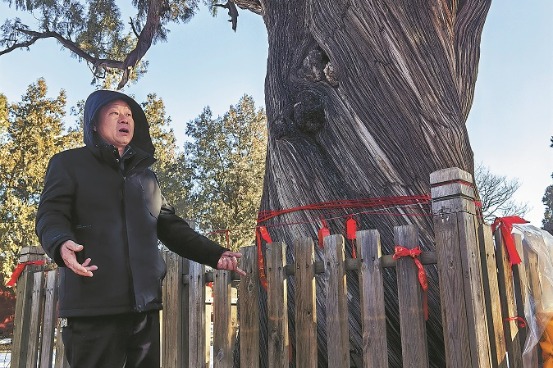Robots revolutionizing risky mining operations





Zhunneng Group and Jinneng Holding Shanxi Coal Industry Co, two major players in China's coal industry, are advancing unmanned systems, 5G networks and robotics, redefining efficiency, safety and sustainability.
At Zhunneng Group's Heidaigou mine, 17 unmanned trucks glide across the open pit like giant robotic radio-controlled cars. Their cabins sit empty, yet their movements — guided by lasers and 5G — are precise.
Nearby, operator Fu Qiang leans back in a remote control room, maneuvering a 700-metric-ton hydraulic shovel with a joystick. "After a decade in dusty cabins, I never imagined I could operate equipment from a quiet and comfortable office," he said while loading a mound of earth into a driverless truck. "Technology has truly transformed our lives."
Since safety officers exited cabins in May 2023, Heidaigou's unmanned fleet has completed 163,000 trips over 710,000 accident-free kilometers, moving 17.25 million cubic meters of coal, according to Qin Shaohua, deputy director of Heidaigou mine.
Compared to manual operations, driverless trucks boast superior precision, extended operational hours and unwavering stability. These robotic giants, equipped with lidar and millimeter-wave radar for automatic braking, navigate treacherous terrain at 85 percent of the efficiency of human drivers while minimizing safety risks tied to fatigue or human error, Qin said.
While autonomous fleets reshape surface mining at Heidaigou coal mine, subterranean innovation thrives at Jinneng Holding Shanxi Coal Industry Co.
At Jinneng's Tashan coal mine, silver-white inspection robots patrol dimly lit tunnels, their thermal cameras scanning for faults in real time.
The robots can not only move along the track independently but also collect moving images and audio during inspection and upload the data in real-time via 5G stations, according to Chen Jianlong, director of the information management department at Tashan coal mine.
The robots are equipped with an advanced automatic recharging feature that allows them to return to the charging station whenever they detect low battery levels, said Wang Weiguang, a researcher at the mine.
The robots have enabled multiple positions to operate without on-site staff, reducing labor costs and the risk of casualties, according to Chen.
Contact the writers at lipeixuan@chinadaily.com.cn































